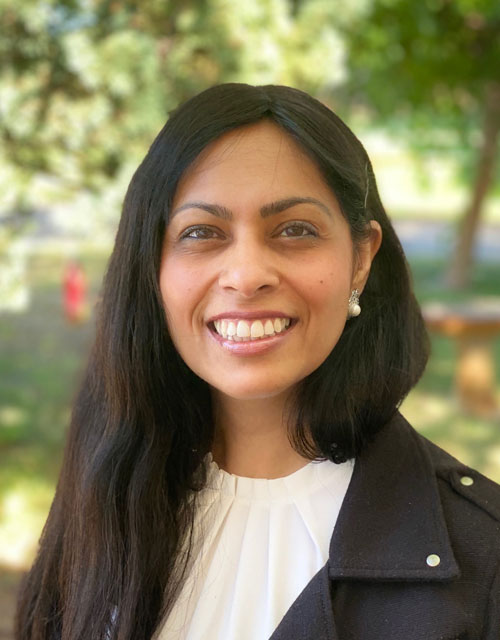 As health management shifts from acute to long-term conditions, the art of rehabilitation has taken on new significance.
As health management shifts from acute to long-term conditions, the art of rehabilitation has taken on new significance.
The speciality of rehabilitation Medicine has been slowly growing in Western Australia. Its roots lay in RPH’s Shenton Park rehabilitation campus back in 1893 when it was established to treat smallpox. By the late 1940s, it was at the forefront of polio rehabilitation and emerged as a centre for orthopaedic and spinal/paraplegia services with the foresight of Sir George Montario Bedbrook.

Rehabilitation medicine has become a central feature in patient care in many states with large rehab hospitals providing care and optimising patients’ quality of life.
With the emergence of the Australian Faculty of Rehabilitation Medicine within the Royal Australian College of Physicians, a specialty training program is now producing rehabilitation medicine physicians to progress the services.
So, what is a rehabilitation physician?
The four-year training program sees doctors manage inpatients, outpatients and community patients with medical, musculoskeletal, neurological and neuromuscular disorders, with an emphasis on maximising functional ability and quality of life. Ages range from paediatric, adolescent and young adulthood through to the elderly.
Rehabilitation physicians may also play a role in a variety of programs such as early supported discharge, rehabilitation in the home, ambulatory care services, telehealth and other community rehabilitation care models.
The typical rehabilitation patients are those affected by functional and mobility limitations and/or painful conditions involving the musculoskeletal system, the cardiopulmonary system and central, peripheral and autonomic nervous systems.
Interdisciplinary training allows physicians to lead teams of allied health practitioners, nurses and other doctors (specialists or GPs) in the care of the patient requiring rehabilitation.
As part of rehabilitation medicine speciality training, rehabilitation physicians are competent in:
- Musculoskeletal and neurological assessment, diagnosis and rehabilitation.
- Functional Neurological Disorder rehabilitation.
- Acute and persistent pain management.
- Assessments of function, disability and impairment.
- Prosthetic and orthotic prescription.
- Mobility aid, wheelchair and seating prescription.
- Management of patients with (upper and lower) limb amputations or limb deficiency; acquired brain injury; spinal cord impairment; spasticity and dystonia including botulinum toxin treatment; rheumatological and other joint diseases and arthroplasty (pre- and post-surgery); post-fracture rehabilitative care; pulmonary and cardiac conditions; oncological conditions; prolonged immobilisation.
- Rehabilitation and management of individuals with developmental and intellectual disorders such as cerebral palsy and spina bifida.
- Long-term management of the person with disability, in liaison with the individual, their family, their GP and other healthcare providers.
- Assessment of capacity and of permanent impairment, preparation of medical and medico-legal reports and provision of expert medical opinion in rehabilitation medicine.
Junior doctors interested in rehabilitation medicine should look at details of the training program and curriculum on the RACP website.

